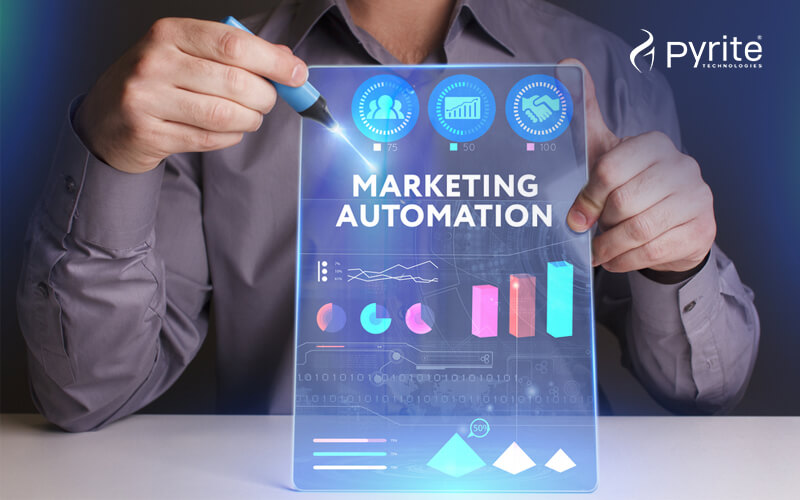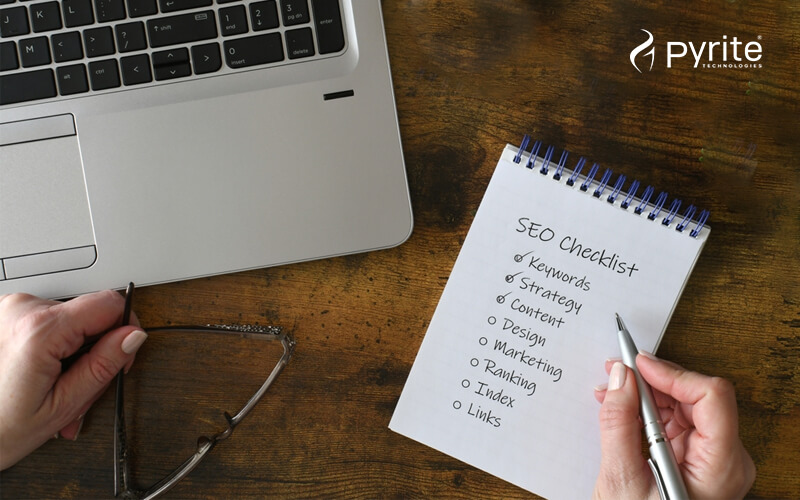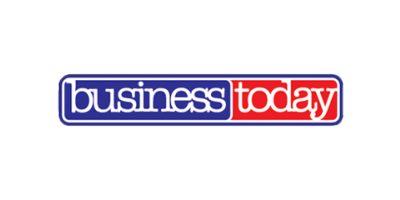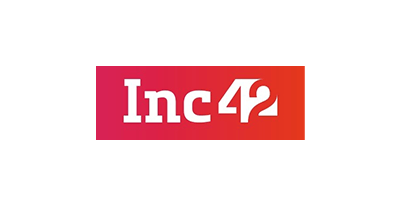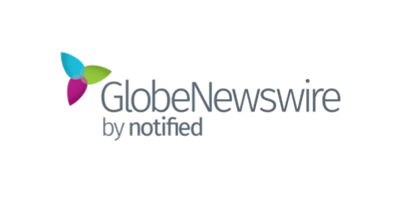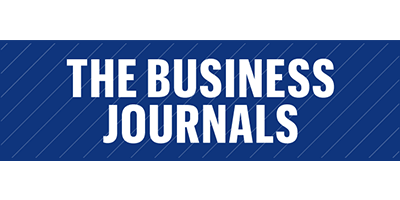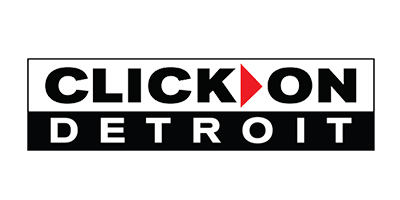
Table of Content
- What is user retention
- User retention Vs. Customer turnover – How do they differ?
- The correlation between retention and conversions
- User retention KPI – Significance and measurement process
- Prerequisites of an effective customer retention strategy
- AI and Automation role in user retention
- Why you need user retention software
- Conclusion
New customer acquisition could be more challenging and expensive compared to user retention. Therefore, big enterprises are redirecting their marketing budget to retain existing customers for extended periods. Strategies like performance marketing are increasingly employed to fuel their ROI growth for advertising dollars and improve user retention rates. The reason is that this approach is much more effort-efficient. Moreover, it drives customer engagement as higher customer satisfaction is the life source for retaining more users, the ultimate objective of all organizations, big or small.
The following statistical facts justify the importance of user retention:
- Customer retention is currently the top marketing goal for ecommerce websites, standing at approximately 59%, compared to conversion and acquisition.
- The probability of selling to existing customers is roughly 60-70%, compared to new customers, standing at a probable rate of 5-20%.
- Existing buyers are 50% more likely to try your new product line than new buyers.
That being said, surprisingly, only 18% of companies focus on elevating their customer retention strategies. Call it ignorance or the hunger to capture more market before competitors; enterprises overlook the 25% increase in profit possibility from a 5% increase in user retention.
Therefore, as an experienced digital marketing agency, our duty is to acquaint you with the immense customer retention opportunities. Please find time to read our comprehensive guide on user retention. with our comprehensive guide’s immense customer retention opportunities.
What is user retention?
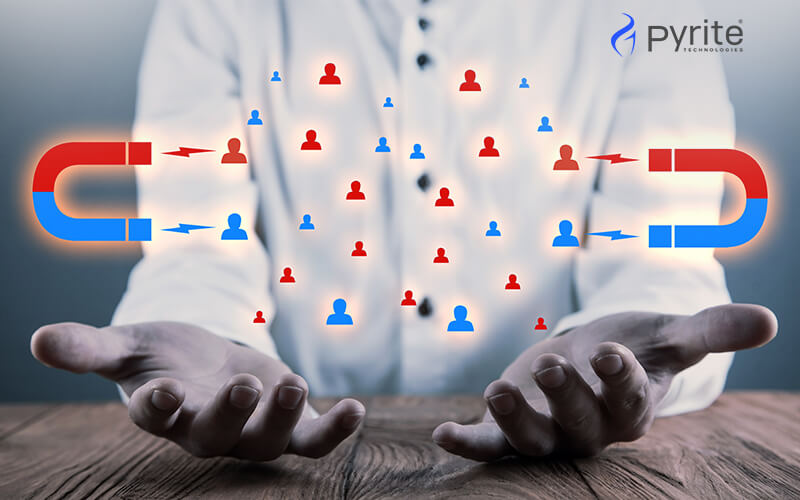
Customer retention is ensuring customer loyalty that paves the way for repeat purchases. It confirms and seals the unbreakable bond between customers and your brand.
User retention platforms are leveraged to craft stellar experiences immediately following customer acquisition at every step in the customer journey map. Cultivating customer retention for building a band of loyal buyers is more important for mature brands than attracting new ones. The approach is more cost-effective and helps build your brand’s loyal ambassadors. Eventually, the latter will contribute to your business’s expansion in the long term.
The different phases of user retention
Digital marketing experts will confirm that most user churns occur at the initial three stages in the customer buying journey within the first three months. Therefore, understanding how each customer behaves in each stage might help your team turn the tide in your business’s favor. But, first, build a stellar marketing strategy around each phase so users get personalized experiences, confirming their stay with your brand.
Roughly, the user retention strategy is divided into the following three stages:
1. Onboarding
The user-retention-focused strategy should commence soon after a new customer is onboarded through sign-up and familiarized with your products/services. Consider this as a first step in the retention success trivia. On the other hand, a smooth new-user onboarding experience can easily give an upper hand to your marketers, paving the way for future strategies. This will enable your team to guide them to the next phase faster and effortlessly. Further, frictionless onboarding can be an opportunity to direct your visitors’ attention to your company’s essential features. It is imperative to ensure the onboarding process is less overwhelming to retain their interest a bit longer beyond the initial phase.
2. Activation
After onboarding comes the activation phase that familiarizes your users with the value of your product. Users start recognizing your product as the ultimate answer, helping them with their daily activities. Efforts should be made to keep their interest alive and operative. After all, active users are likely to remain loyal to your product. This is where your customer retention strategy should strive hard to fulfill the end objectives of your business.
3. Habitual Use
The final stage, also known as, the habitual use phase, is the culminating step towards retaining customers for a long time. The team pulls their resources together to create usage habits in users. The users are convinced the product is necessary for their well-being and are personally involved in transforming the product into an integral part of their daily regime.
Thus, ensure your business’s user retention rate of at least 1%. Repeat the practice, and sooner, the rate would jump to 100%.
User retention Vs. Customer turnover – How do they differ?
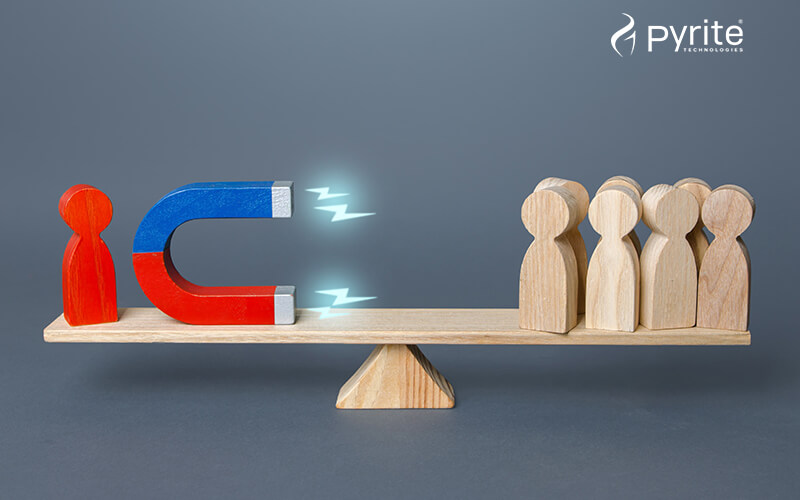
Customer churn rate is correlated with the user retention rate, highlighting the flaws in your marketing and customer success strategies. Broadly, customer churn refers to the total number of buyers abandoning your brand within a given period. Contrarily, retention means the number of customers choosing to stay with your business for extended timeframes.
Therefore, the user retention rate is inversely proportional to the customer churn rate, meaning that the higher the retention rate, the lower the churn rate is equivalent to more business, revenue, and profit for the company. Expectedly, the reverse algorithm is an affidavit of your weak On-page SEO strategy and other marketing efforts.
Since, user retention is more potent than customer acquisition strategy, let’s understand how it influences your business and how it can be measured.
The correlation between retention and conversions

The primary objective of a customer retention strategy would be to build a robust set or several sets of repeat buyers. They will be your brand’s most loyal followers and silent advocates. The latter eventually spread your brand name through word-of-mouth, indirectly aiding your acquisition efforts. In a way, user retention not only paves the way for new buyer acquisition but also effectively boosts conversions. After all, a customer is more likely to convert when recommended by someone they trust.
Therefore, implementing an effective customer retention strategy can truly help pivot your business growth in the long run. But measures should be taken to ensure your brand name remains the first thing in their mind when looking for services online similar to yours.
Conversion Vs. Retention – Points of difference
The focal point of a conversion strategy is to get maximum conversions or subscriptions. And the job ends as soon as the transformation happens. Therefore, we can safely refer to conversion as the short-term marketing goal.
Conversion primarily measures how many leads are transformed into paying customers. It is tangible proof of your successful digital marketing efforts, measured in terms of revenue, profit, and sales.
Contrarily, user retention is a continuous process, added as one of the long-term goals for the company. Retention, however, is measured indirectly in terms of total repeat customers. It answers questions like how long the buyers stay with a brand and which one of them continues longer.
Even though conversion and retention correlate, the former always comes at the latter’s expense. But let’s remember, any revenue-centric business will require both conversion and retention to work hand-in-hand for longer sustenance.
When to prioritize retention over conversion
Customer retention strategies should go hand-in-hand with your conversion plan, working as a pendulum swinging back and forth between the two as and when needed. An experienced team of marketers would know which strategy to prioritize and when. One can never have either working full-time while the other is in hibernation if you wish to make those dollars invested count.
Here’s a snapshot highlighting when user retention takes the upper hand or the time when conversion takes the central stage:
Prioritizing conversion over retention
- A brand-new newsletter: Your newsletter needs a larger audience at this stage. Initially, your focus should be on building a solid fanbase; hence, conversion is the ideal strategy to focus on.
- Short-term cash flow: When steady cash flow is your initial priority or expanding the team, an influx of signups could do the job.
- New product: Your business is launching a new product line and wants real customers to jump in and try it. At this point, more conversions will help you get the user information to perfect your offering to match user preferences.
Prioritizing retention over conversion
- Churn rates: When your business is experiencing more customer turnovers, you would want to bring down the churn rate. Focusing on retention strategies helps smooth out the recurring revenue.
- Customer LTV: Altering your marketing approach and prioritizing retention will help increase the LTV of your customers.
- Deeper relationships: One of the significant objectives of a user retention strategy is to foster deeper connections between your brand and your customers.
User retention KPI – Significance and measurement process
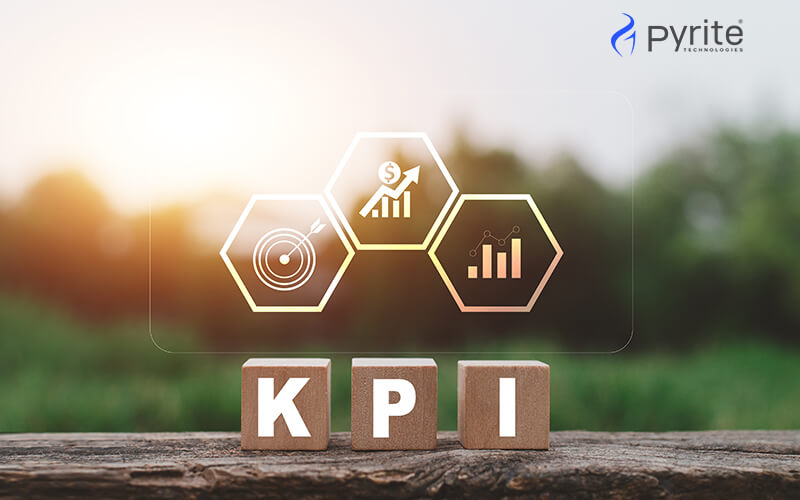
User retention analysis can go a long way in correctly placing your product in a fitting market. As the owner, you should understand that any lapse from your team’s end to retain plausible loyal customers will have a damaging financial impact. One wrong move and your new business acquisition strategy can fall apart. A company benefits immensely from each retained customer as its most loyal advocate, driving more possible sales to your business. Once your audience’s needs are duly addressed, they develop brand loyalty and silently promote your business to others in their immediate circle. That equals a steady flow of revenue ensured every season.
Moreover, retention measurement can quickly unfold the drawbacks in your initial marketing strategy, bestowing you with a new opportunity to profit. Also, it highlights which approach works best with what type of customers. Such data is crucial for digital marketers and planners.
The basic user retention rate is calculated using a straightforward formula:
User Retention: (Number of active users over time / Total Number of active users in the previous period) x 100
This formula will give you the exact number of retained customers for a specific time period.
The primary metrics for this measurement are:
1. Customer retention rate
Customer retention rate, aka CRR, presents a comparative picture between the size of your customer base initially for a specified period and the final total number of customers, including the newly acquired ones.
The below-mentioned formula is an easy way to calculate the percentage.
Customer retention rate = ((Total customers – New customers) / Initial customers) x 100
2. Customer retention cost
Customer retention cost is commonly known as CRC. It simply signifies the total cost incurred retaining a customer. And it broadly covers the cost of marketing, sales, and customer service.
The formula for calculating the average customer retention cost per customer is:
Average customer retention cost per customer = Total cost of customer retention / Number of active customers
How to price for user retention
For a SaaS company, user retention keeps paying customers engaged and far from unsubscribing.
For example, most subscribers purchase an offer as long as the discount stands. Initially, discounts and offers are made to increase conversion rates, but often, there are better solutions than this. And before you realize it, your subscribers drop off within the first three months.
Given the situation, companies can make a special offer to those inclined towards dropping your brand for another. This approach retains users and keeps them subscribed for longer.
This golden rule works around a few essential facts about customers, namely:
- Annual subscribers have higher LTVs or lifetime value.
- Yearly subscribers are less likely to drop because they see fewer payments than monthly subscribers.
- Annual subscribers are more engaged with your offerings.
- Annual subscribers are likelier to share your brand name with others, enabling market growth.
On the flip side, annual subscribers are challenging to conquer because:
- Yearly subscriptions are pricey than monthly ones.
- A 365-day contractual commitment can be more daunting than a 30-day one.
But, the stability and longevity of the business charm the owners. A few pricing tips can work fine in luring them in:
- Always highlight the amount saved.
- Play with customers’ psychology.
- Provide added benefits exclusive to annual subscribers.
- Increase subscription prices time and again.
This will convince customers that being an earlier annual supporter, they are paying less but getting more.
Prerequisites of an effective customer retention strategy
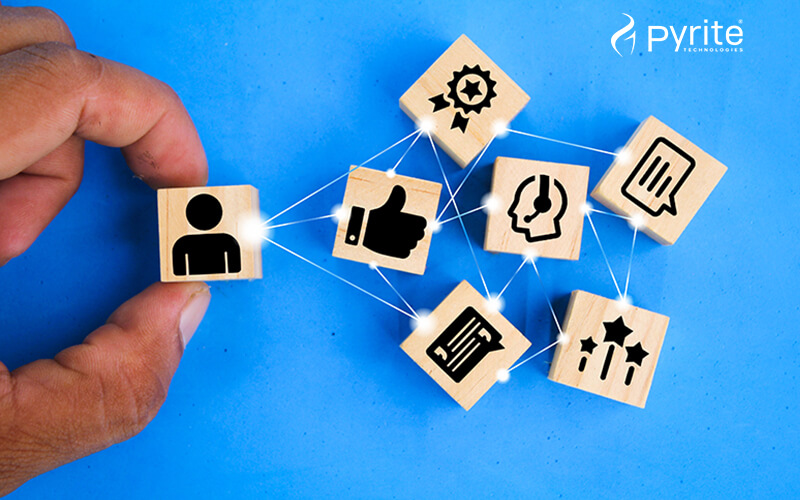
Building an effective user retention strategy is no rocket science. However, you might have to get your hands dirty digging deeper into what your targeted audience wants. A thorough research survey of your immediate buyers will give you a flair idea about how to market your products and retarget them for repeat purchases.
Here are a few prerequisites to catch your buyers in the repeat purchase loop:
- Detailed customer research: Analyze your existing marketing and the various ongoing or past campaigns to extract and evaluate performance.
- Incorporate customer feedback: Respect your customers’ feedback and incorporate changes in your products/services accordingly. Diving deeper into your customer’s historical data is a good way to start this.
- Analyze elements responsible for repeat purchases: Evaluate your customer behavior on your platform. Identify newly acquired users or repeat customers and understand what drew them to your product. The deciding factors would be product inclinations, transaction history, purchase frequency, and behavior influencing repeat/first-time purchases.
- Identify and address roadblocks: Trivial issues like slow-loading web pages, negative customer reviews, absence of the right technology, and so on can impact your campaign performance and reduce retention rate. Identify the bottlenecks and address them before planning or executing various strategies.
- List out upsell and cross-sell opportunities: List complementary categories your customers have already purchased. Take a survey to understand whether your buyers need additional items to amplify their product usage. This information would reveal upsell and cross-sell opportunities for your business and entice buyers for more future purchases.
How to increase customer retention rate – A few best practices
As stated before, user retention is an ongoing endeavor, and digital marketing experts know this fact. They execute some of the best practices to increase your conversion rates through existing buyer channels.
The following are a few common user retention practices companies employ worldwide. Of course, some of them might change depending on the end objective of your enterprise.
- Educate site visitors
- Nurture customer relationships
- Demonstrate your unique selling point
- Reward loyal and frequently returning customers
- Create a feedback loop
- Retarget dormant customers
- Build a social media community around your brand
- Improve customer service and support
- Be available where your customers are
- Continuous monitoring of engagement and retention metrics
- Personalize retention campaigns with a human element
How to strategize for user retention
By now, you are well-versed with the immense benefits of user retention. This approach drives substantial improvements in how you treat the end-users, which, in turn, brings valuable returns for your business. From saving costs to doubling revenue, mouth marketing your brand, and many more. There’s no room for errors when building a robust customer retention strategy and for obvious reasons.
Here are a few proven retention strategies practiced by top-notch enterprises like Amazon.
1. Offer a seamless online experience
- What are the pain points of your customers with online purchases?
- Does your platform support quick and easy online transactions?
- How can you make your customers’ experience better?
Try finding answers to similar questions mentioned above.
The key to successful user retention is meeting their expectations effortlessly. Another factor is giving them a frictionless online experience better than in-person buying. The services and after-sales support you offer can go a long way in fostering trust and loyalty among your current buyers. Your buyers will keep returning to your business for more when you are consistent and true to your promises.
2. Give your customers a VIP treatment
Who doesn’t enjoy VIP treatment? Exclusive and hyper-personalized customer services are among the finest tactics to elevate satisfaction and engagement levels. For example, luxury hotels are known for their five-star customer service, from making restaurant recommendations and reservations to ordering private jets for the convenience of their esteemed clientele. These additional services are extravagant, but they fulfill the objective – catching your existing customers on a whirlwind of repeat purchase loops.
3. Foster empathetic relationships
The COVID pandemic is long gone, but the turbulence left behind its residue regarding how customer expectations have evolved. Today, buyers want agents to be more empathetic towards them.
Customers want to be heard, their needs understood, and their time valued. They prefer consistent responses, not sugar-coated words to upsell or cross-sell them. These aspects will help improve your company’s user retention strategy and foster lasting relationships with loyal customers.
4. Be proactive
Customers want prompt responses to their requirements, expecting brands to anticipate their needs beforehand. Proactive services imply your team should be aware of the challenges before they are brought to your notice and address them instantly. AI technology like chatbots could be leveraged here to answer common questions without the customer contacting customer support and waiting. This small change can greatly improve customer retention rates since the possibility of buyers abandoning their carts remains high.
5. Support causes your buyers care about
Today, buyers have become conscious about diversity, equity, and inclusion in their communities. And they are selective about brands showing socially and environmentally responsible attitudes. Your business can build a strong connection with your buyers if you start partaking in causes the former believes. For example, Mama earth promotes its social cause of planting trees. Today, Mama earth is one of the fastest-growing FMCG brands in India, connecting with over 5 million customers in 500 Indian cities. Till now, the company has successfully planted over 2,000,000 mangroves and hundreds of thousands of trees.
6. Provide omnichannel support
Since buyers have become more demanding, their expectations have touched the sky. And they prefer services extended to them across channels convenient for them. Therefore, omnichannel support can easily boost customer retention rates.
7. Respond to customer feedback
As stated earlier, prompt responses to customer feedback can increase user retention rates and decrease attrition rates. You can easily unearth common complaints and general preferences by giving your valuable users a voice to speak and get heard. Improve your offerings accordingly and see the change in your existing buyers’ behaviors.
AI and Automation role in user retention

AI and Automation have a broader scope in digital marketing today. And they play a key role in elevating buyer engagements by living up to the promise of fast, seamless, frictionless service expectations of end users. For instance, enterprises often seek marketing automation software solutions to up-sell/cross-sell complimentary items and increase user retention rates. Subsequently, these tools ensure a tenfold growth rate for owners.
That being said, the cutting-edge technologies are instrumentalized to cater to a horde of other customer-centric services, such as:
- Personalized recommendation: AI is leveraged to analyze customer buying preferences. The inputs are incorporated to make product recommendations likely to interest them most.
- Predictive modeling: AI tools analyze historical data and predict which customer will most likely churn and why. This allows owners to proactively offer discounts or targeted support to address any underlying challenge and foster a satisfying purchase experience.
- Chatbots: As mentioned before, chatbots have been in the market for a long time, shouldering the responsibility of 24/7 customer support, improving customer satisfaction, and reducing churn rates.
- Sentiment Analysis: With new advancements in science and technology, AI and Automation tools are more empowered to identify sentiments behind customer feedback easily. Such data can prove game-changing for businesses prompt enough to leverage and exploit for the benefit of the buyers before they churn.
- Personalized messaging: AI marketing automation tools are programmed to send customized messages to customers based on their past buying behavior and preferences. This keeps the buyers happy and craving more. And your business can easily enjoy a queue of repeat buyers.
Why you need user retention software

Customer retention software primarily uses two apparent tactics, Automation technology, and personalization, to engage current buyers and reduce churn. This platform acts as a virtual assistant, relieving employees from rule-based recurring and time-intensive workflows. The user retention platforms are a blessing in disguise, enabling product, marketing, and customer success teams to craft richer, more fulfilling UX for their customers.
These software solutions support marketing teams in numerous ways; one being competitive advantage. Through simplified buyer experience and eliminated friction from users’ interactions with the support team, you can assist buyers in ways beyond the capabilities of in-person interactions.
Some of the benefits of user retention software would be:
- Increase customer loyalty
- Reduce churn rates
- Improve relationships between buyers and brands
- Enhance marketing and sales teams’ efforts
- Streamline customer service
- Support different processes
- Capture valuable customer-related insights
Important features of customer retention software
An effective customer retention software performs a horde of functions apart from supporting teams in keeping the buyers in the repeat purchase loop. Considering the platform’s essential KRAs (key responsibility areas), the following are a few critical features to look for before investing in one:
- Lead tracking and management
- Email marketing and campaign support
- Customer service and support
- Data analysis and reporting
- Easy integration with other systems
- Customization and scalability
Ten best user retention platforms for better conversions
Automation platforms are not particularly designed, keeping user retention objectives in mind. Rather, most of the below-mentioned tools offer SaaS-based services clubbed together to simplify customer journeys, improve buyer interactions, and drive maximum value to end-users. All these benefits culminate in increased customer retention rates for businesses.
| S. No | Tool | Pros | Cons | Price | Industries |
|---|---|---|---|---|---|
| 1 | Yotpo | 1. Simple and easy-to-use review management platforms 2. Easy to collect customer reviews 3. A complete knowledge-base with webinars, ebooks, videos, and other learning materials 4. 24 / 7 live chat support 5. Easy to moderate and publish reviews 6. Send automatic review requests 7. Free plan available with monthly orders up to 50 | 1. More granular filters required 2. Reporting is clunky 3. The installation for generics sites is not easy 4. Customer support could have been better | Free plan available. Basic plan starts from $15 / month | Ecommerce |
| 2 | Qualtrics | 1. Free trial and freemium version available 2. Premium consulting and integration support services 3. Easy to track analytics for reporting 4. Many built-in features and templates for data visuals and reporting | 1. Pricey compared to other tools 2. Customer service could have been better 3. Limited features available in freemium version 4. Non-intuitive distributions | Free trial and freemium version available. Plans range between $1500 – $5000/year | Enterprises, Ecommerce, Education, Marketing, and Others |
| 3 | Help Scout | 1. It is an email-based customer support platform 2. It offers an extensive knowledge-base too for customer support 3. Provides embeddable search/contact widget for customer service professionals 4. Great interface for easy email and reply tracking 5. Simple, clean, and intuitive UX and UI 6. Easy to onboard new users | 1. More in-depth metrics required 2. Lacks a spam filter 3. Technical issues with integrating internal software 4. Limited customization options | Free trial is available. Basic plan starts from $25/user/month | SaaS, Logistics, Ecommerce, Manufacturing, Education, Media, Financial Services, Professional Services, Healthcare, Property Management |
| 4 | Optimove | 1. The platform leverages algorithmic optimization to autonomously improve multichannel campaigns 2. Easily create and manage large-scale, customer-led journeys 3. Improve campaigns with customer data and AI-led orchestration 4. User-friendly UX and UI 5. Easy navigation 6. Prompt customer technical support | 1. Stiff learning curve 2. Limited customization features 3. Difficult to run and manage multiple once-off campaigns per day | Pricing available on request | Retail, Gaming, Apps, and Others |
| 5 | Salesforce | 1. Fast, flexible, and scalable platform 2. Free trial available 3. Provides a seamless all-in-one experience 4. User-friendly navigation, UX and UI | 1. Pricey compared to other market alternatives 2. Not suitable for small businesses 3. Reporting feature could have been better 4. Learning curve is stiff for beginners | Free trial available. Pricing available on request | All Industries |
| 6 | HubSpot | 1. Incredible UI and UX 2. Supports a vast app marketplace | 1. Pricey for small businesses 2. Fixed annual contracts require one to make the complete payment even if its usage is terminated early 3. It is best used as all-in-one solution software | Free trial available. Pro plan starts from $18/month | Startups, SMEs, Large Enterprises, Ecommerce. All Industries |
| 7 | Zendesk | 1. Free trial available 2. Intuitive UI and UX 3. Available in 40 languages 4. A smart online knowledge base for beginners 5. 24/7 customer support 6. Onboarding support | 1. Auto-translation in chat rarely works 2. Customer support could have been better 3. Pricey compared to other alternatives | 15-days free trial available. Pro version starts from $19/month. Pricing available on request | Emerging Businesses, SMEs, Enterprises |
| 8 | ProfitWell | 1. Easy to optimize subscription pricing 2. Easily capture metadata from your existing customers 3. Provide access to multiple automation solutions 4. Powerful and feature-rich software solution | 1. Customer support is not prompt 2. Some metrics and refund options are tricky to understand 3. Integrating the platform with other automation tools can be challenging | Software available for free. The plan for advanced features starts from $1000/month. Customized pricing available | B2B, B2C, Ecommerce |
| 9 | Episerver (Currently known as Optimizely CMS) | 1. Easy to understand UX and UI, especially for non-technical users 2. It is a powerful tool for ecommerce businesses 3. Easy to use and upgrade features 4. Dynamic capabilities | 1. Media library search frequently times out 2. Reporting could have been better 3. Promos out-of-box capabilities are limited 4. Catalog audit history could be expanded 5. Custom development with Episerver is challenging 6. Slow initial setup 7. Technical support could have been better | Pricing available on request | IT, Computer Software, Ecommerce, and Others |
| 10 | Evergage (Currently known as Interaction Studio) | 1 Little to no IT resources needed 2. Excellent support 3. Simplicity of design 4. Integration and API are big strengths | 1. Limited customization available 2. Limited custom reporting features 3. Tough learning curve for beginners | No information available. Mostly quotation based | Commercial Banking, Retail, Technology, and Others |
Conclusion
There’s no secret formula to bridge the trustful connection between a brand and its users. Any amount of inducing the ‘wow’ factor through extra perks will not serve the end objective of retaining buyers for extended periods. User retention is more about crafting frictionless and effortless experiences for buyers. Repeat customers are a constant and steady source of business; hence, they should be valued above everything else. But, growth comes from new customer acquisitions. Therefore, user retention should work shoulder-to-shoulder with conversion strategies to keep the cash flow continuous. The above guide will shed some light on businesses in the same direction.

